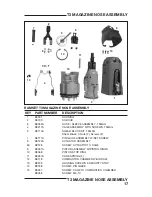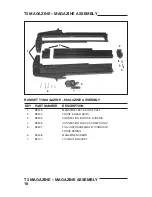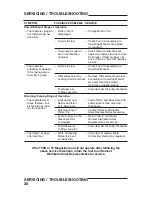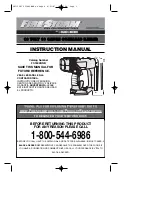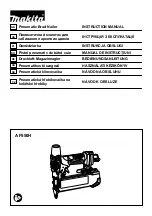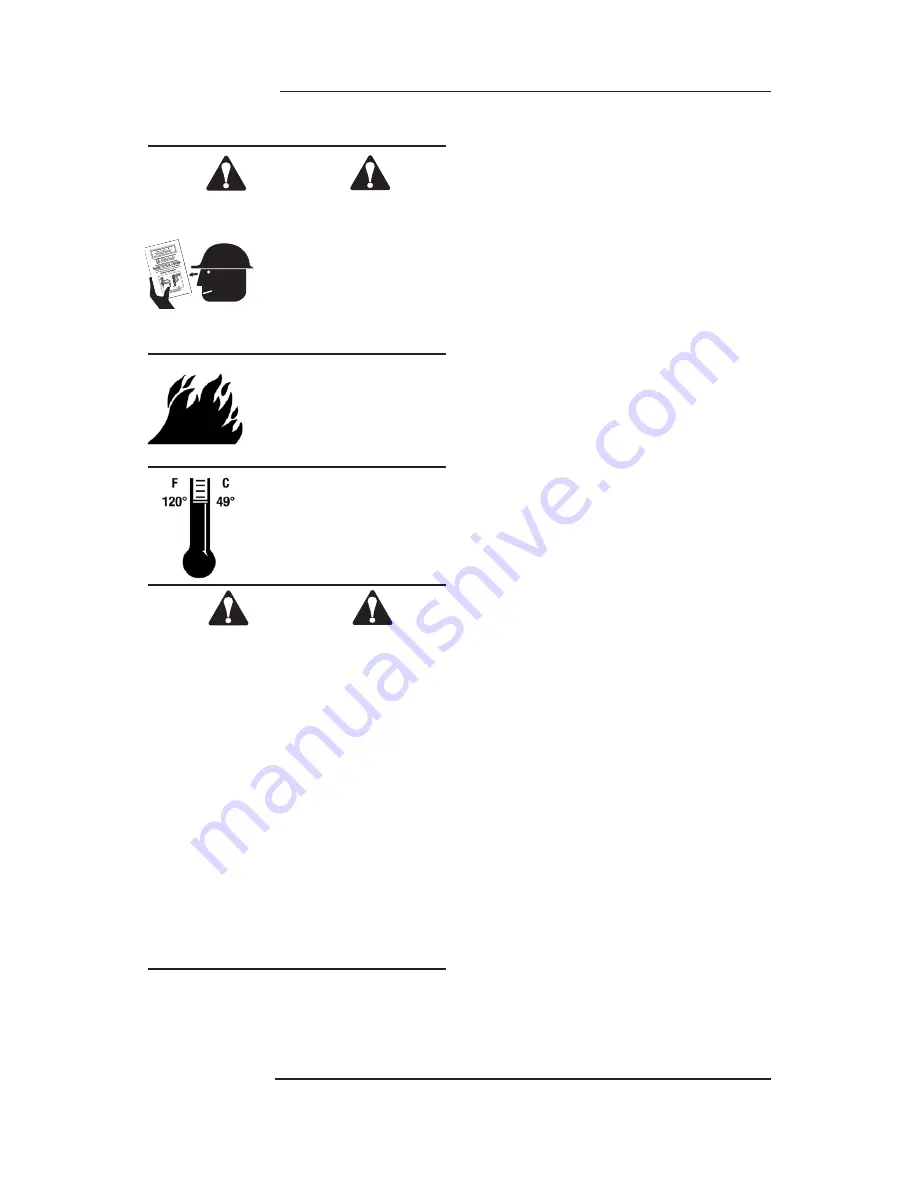
FUEL CELL
FUEL CELL
8
FUEL CELL
DANGER
EXPLOSION/FIRE HAZARD
Read ALL safety instructions
before using or handling the
fuel cell. Failure to follow
ALL instructions may result
in explosion or fire. This
may cause severe personal
injuries or property damage.
Keep the fuel cell away
from heat, sparks and
open flame.
Exposure to temperatures
above 120°F (49°C) may
cause the fuel cell to burst,
releasing flammable gas.
WARNING
• Sunlight can raise the inside
temperature of an unventilated
car or van to above 140°F (60°C).
• Do not puncture or attempt to
open the fuel cell; it is non-refillable.
• Do not incinerate, reclaim or recycle
the fuel cell.
• Do not smoke while installing or
removing the fuel cell.
• Do not inhale the spray.
• Keep out of the reach of children.
• Store fuel cell(s) in well-ventilated
areas only.
• Do not reuse fuel cell, adaptor or seal.
The Ramset Fuel Cell contains liquid
hydrocarbon fuel. This provides enough
fuel to drive approximately 1,000 fasteners.
The Fuel Cell is designed for proper operation
at temperatures between 15°F (-5°C) and
120°F (49°C)
There is a second container inside the fuel
cell. The inner container holds the fuel. The
space between the inner container and the
outer cylinder is filled with a gas, called the
propellant, which is under pressure.
To eject the fuel, propellant pressure
squeezes the inner fuel container, much
as you squeeze a tube of toothpaste. This
squeezing action ensures that all the fuel
is used, and that the T3 tools can operate
in any position.
Because of this container-within-a-container
design, you might hear the sound of fluid
when shaking the fuel cell after all the
fuel has been used. This is the propellant,
which remains between the containers
even after all the fuel has been expelled.
If you expose the empty fuel cell to
extreme temperatures, the propellant gas
will expand and could cause the container
to burst, releasing flammable gases.

















